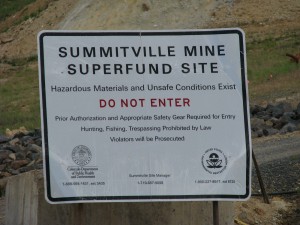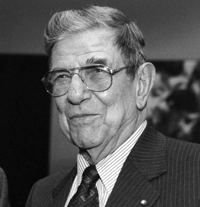Updated November 5, 2014
Colorado’s Amendment 67 did not pass, to the relief of most of the state. The measure would have declared unborn human beings as a “person” or a “child” in the Colorado Criminal Code.
It was yet another a personhood measure, but this year Personhood USA, the group pushing these kinds of measures, tried to disguise that fact by calling it the “Brady Amendment,” after a fetus a woman lost in a 2012 drunk driving accident. Naming the measure after a woman’s lost fetus was an attempt to give the measure emotional appeal, because when you can get people to react through emotion, they’ll often bypass their rational thinking.
A fundamentally flawed argument
Coloradans have rejected personhood measures three times now, for good reason. The thinking behind these ballot initiatives is illogical and thus fundamentally flawed.
A fetus is not a person in any legal sense.
Both fertilized eggs and clones represent potential, not actual human beings.
Zygotes, or fertilized eggs, and fetuses lack many of the physical characteristics of human beings. They don’t have brains, skeletons, or internal organs. A fetus cannot engage in human perception or thought. The analogy that fits is that an acorn is not an oak tree and the egg you eat for breakfast is not a chicken.
Fetuses have no social identity, and there is no precedent for giving them such. Names are not legally conferred upon fetuses, only upon babies after birth. The first legal recognition of a person’s existence is their birth certificate. No government on Earth issues “pre-birth certificates.” The government does not issue death certificates for miscarried or aborted fetuses. The government does not issue social security numbers to fetuses, nor does the government confer any rights of citizenship on upon conception.
















